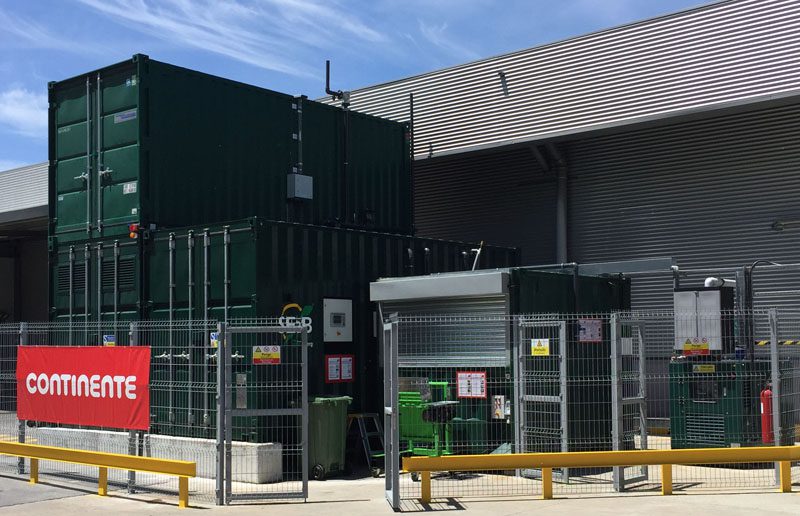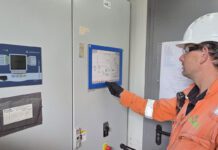
UK cleantech firm SEaB Energy has been awarded a contract to supply the State of California Energy Commission with its award-winning waste-to-energy Flexibuster system as part of a four-year research programme into sustainable energy generation from food waste. With a clear focus on using biochemical conversion to convert food waste to energy, the project aims to “demonstrate and evaluate environmentally and economically sustainable food waste biomass-to-electricity systems”.
In a partnership with the University of California, Davis, Southampton-based SEaB Energy will be installing a large Flexibuster at a US Naval Base in Ventura County in October 2017. This also marks the expansion of the company’s US operations to the West Coast, having already gained contract wins in the Midwest and East Coast regions.
This innovative, community-scale solution will process every day around 2,500kg of mixed food waste that is no longer fit for human consumption, and which will be collected from local enterprises no further than 7 miles away, including severely disadvantaged communities. From this, the Flexibuster will deliver 480 MWh/year of renewable electricity that will be used on the Naval base itself.
It is estimated that 40% of food is lost or wasted across the food system life-cycle; from the farm to the retailer/restaurant to the consumer.[1] While the best options to address the challenge of food waste are 1) prevention and 2) recovery to feed food insecure populations, the need to dispose of large amounts of inedible or unsafe food waste will always remain.[2] Unfortunately, the current business-as-usual model for the disposal of food waste often involves burning fossil fuels to haul food waste from multiple sites to a central landfill where the organic material releases methane gas (a greenhouse gas, GHG, with 28-36 times the Global Warming Potential of carbon dioxide)[3] to the atmosphere as it degrades.
A known alternative to landfill disposal of food waste is anaerobic digestion (AD). In the AD process, food waste is converted to biogas, which can be used to produce valuable electricity, heat and fertiliser, while preventing the release of methane into the atmosphere. In practice, AD systems most commonly exist as large-scale centralised facilities. These plants enable energy recovery and reduce GHG emissions by processing food waste, but still require the expensive and carbon-emitting transportation of the waste from its source to the AD facility. As a decentralised, onsite AD solution, SEaB Energy’s Flexibuster removes the need for waste transportation, presenting the best alternative for waste processing with income generation.
SEaB Energy CEO and co-founder, Sandra Sassow, said:
“This is a prestigious win for SEaB Energy and gives us coast-to-coast visibility in the US where we already have a burgeoning pipeline of contracts to fulfil this year. British engineering and manufacturing has an important place in the UK economy and we’re very proud to be creating jobs and exporting worldwide.”
The deal was approved on 24 March and is the latest in a series of export orders for SEaB Energy which says it has experienced rapid growth since the second half of 2016.
[1] Gunders, D. (2012). Wasted: How America Is Losing Up to 40 Percent of Its Food from Farm to Fork to Landfill. Washington, DC.
[2] ReFED. (2016). A Roadmap to Reduce U.S. Food Waste by 20 Percent. Rethink Food Waste Through Economics and Data (ReFED).
[3] https://www.epa.gov/ghgemissions/understanding-global-warming-potentials






